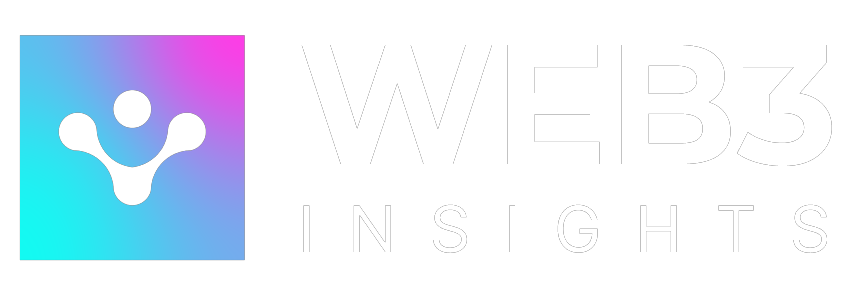Earning passive income by lending stablecoins isn’t just a crypto hack; it’s now one of the most accessible and stable ways to earn passive income in DeFi. With interest rates on traditional savings still struggling to keep pace with inflation, stablecoin lending has become a go-to option for users seeking to earn more without investing in high-volatility assets.
But before you start parking your USDC or USDT into any platform promising double-digit returns, you need to understand how lending works, where the yield comes from, and which platforms are worth trusting in 2025.
Let’s break it all down.
Why Lending Stablecoins Works
Lending in DeFi is built on a simple idea: people want to borrow crypto, and you’ve got assets sitting idle. Platforms like Aave, Compound, and Spark Protocol connect lenders and borrowers through smart contracts. When you supply stablecoins to a lending pool, borrowers take them out, usually by putting up collateral, and pay interest. That interest is split between the protocol and you, the lender.
Because stablecoins like USDC, USDT, and DAI are in constant demand for trading, yield farming, and leveraging, borrowers are willing to pay a premium to access them quickly. And since you’re lending something stable, your exposure to volatility is minimal, as long as the protocol itself is secure.
Platforms to Know in 2025
In 2025, the stablecoin lending game will be more mature and secure than in its early days. Big names still dominate, but newer platforms are innovating on yield models, risk management, and composability.
1. Aave remains the most popular lending platform for a reason. It’s open-source, trusted, and has added multi-collateral support and real-world asset integration. Lending USDC or DAI on Aave is about as close to a DeFi blue chip as it gets.
2. Spark Protocol, spun out of MakerDAO, is optimized for DAI lending and borrowing. If you’re holding DAI, Spark might offer better yields and tighter integration with the Maker ecosystem.
3. Compound v3 has simplified the user experience while improving risk controls. With fewer assets and tighter parameters, it appeals to users who want clean, no-surprise lending.
4. Meteora, on Solana, is a newer platform that’s gaining traction. It blends lending with dynamic yield optimisation, automatically pulling liquidity into different use cases to maximise returns.
Always look at protocol history, audits, and on-chain performance before you trust them with your funds.
How to Lend Your Stablecoins
Getting started is simple, but a few key steps will help you avoid rookie mistakes.
First, pick a stablecoin. USDC is the most commonly used, especially on Ethereum and Layer 2s. DAI works best within the MakerDAO or Spark ecosystem. USDT is popular on Solana and Tron, but be mindful of transparency issues.
Then choose a platform. Go to the app, connect your wallet, and supply your stablecoins. You’ll see the current lending rate (APY), and once you deposit, you’ll start earning.
Make sure you understand whether interest is variable or fixed. Most platforms use variable rates based on supply and demand. In high-usage periods, rates spike. In slow markets, they can drop. Some platforms, like Notional Finance or Element, offer fixed rates, useful if you want predictability.
Lastly, always track your earnings. Most platforms let you withdraw your principal and accrued interest at any time, but some protocols use a tokenized receipt model (like cUSDC or aUSDC) that you must redeem. Know the rules.
Risks You Should Know
Lending stablecoins is one of the lowest-risk activities in DeFi, but it’s not zero-risk. Protocol hacks, smart contract bugs, and depegging events still happen. No yield is worth losing your entire deposit.
Diversify across platforms, don’t chase sky-high returns blindly, and consider using audit-verified protocols with insurance options (like Nexus Mutual coverage).
Also, keep in mind that regulatory shifts, like the GENIUS Act, may affect how lending platforms operate. In some regions, yield-generating products may fall under securities laws. Stay updated.
How Much Can You Earn?
Yields on lending stablecoins in 2025 are competitive, but not outrageous. Depending on the platform and the market cycle, you might see:
- 2–4% APY on USDC via Aave or Compound
- 3–6% APY on DAI via Spark Protocol
- Up to 8% on newer platforms or during liquidity crunches
Some platforms offer boosted rewards via governance tokens, but these come with their own volatility and vesting periods. If you’re after pure stablecoin yield, focus on base rates.
And if you’re lending larger amounts, pay attention to gas fees. On Ethereum mainnet, fees can eat into your earnings. Using Layer 2s like Arbitrum or Optimism, or Solana for that matter, can improve your net gains.
Final Thoughts: Lending Is the New Saving
Stablecoin lending is quietly becoming the savings account of crypto. It’s not flashy, but it’s effective. In a world where inflation chips away at fiat and centralized platforms keep blowing up, earning 3–6% APY on-chain feels almost luxurious.
If you want to get paid passively, without betting on volatile tokens or complex yield farms, lending stablecoins is one of the smartest plays in 2025.
Keep it simple. Stay on-chain. And let your stablecoins work for you.








